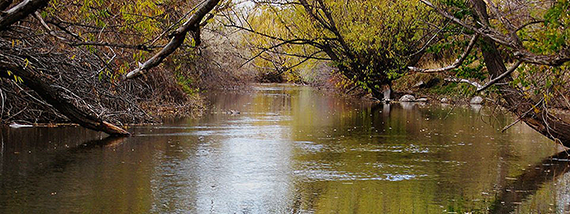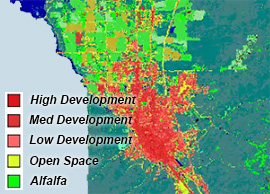

Publications
Lybecker, Donna L., Mark K. McBeth, James Stoutenborough. “Do We Understand what the Public Hears: Stakeholders Preferred Communication Choices for Discussing River Issues with the Public.” Forthcoming, Review of Policy Research.
McBeth, Mark K., Donna L. Lybecker, James Stoutenborough. “Do Stakeholders Analyze their Audience?: The Communication Switch and Stakeholder Personal versus Public Communication Choices” Forthcoming, Policy Science.
Stoutenborough, James, Mark K. McBeth, Donna L. Lybecker. “Risk and River Narratives: Incorporating Risk Perceptions into the Narrative Policy Framework” Under review at Policy Studies Journal.
McBeth, Mark K., Donna L. Lybecker, James Stoutenborough, Katrina Running, “River Stories or Science? How do Stakeholders Understand Policy Issues," Rejected from Environment and Planning. In revision for submission to Public Policy and Administration.
Story map by Yolonda Youngs: Managing Idaho's Landscapes for Ecosystem Services (MILES)"
Lybecker, Donna L., Mark K. McBeth, Xochitl Sanchez, Nick Pelikan “Visitor Experience Photography: Values along the Portneuf River.” Draft article to be submitted to the Journal of Applied Recreation Research.















